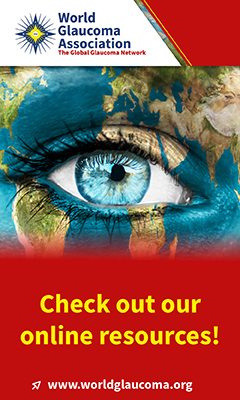advertisement

Abstract #79081 Published in IGR 20-1
Diagnostic Performance of Macular Versus Peripapillary Vessel Parameters by Optical Coherence Tomography Angiography for Glaucoma
Richter GM; Chang R; Situ B; Chu Z; Burkemper B; Reznik A; Bedrood S; Kashani AH; Varma R; Wang RKTranslational vision science & technology 2018; 7: 21
PURPOSE: To compare the diagnostic ability of the vessel parameters in macular and peripapillary regions measured using spectral-domain optical coherence tomography angiography (SD-OCTA) in differentiating primary open-angle glaucoma (POAG) from healthy eyes. METHODS: POAG patients and healthy subjects underwent 6 × 6-mm scans centered on the macula and optic nerve head. Commercially available automatic segmentation created en face images from SD-OCTA of the superficial retinal layer (SRL) of the macular (m) and peripapillary (cp) regions. Vessel area density (VAD), vessel skeleton density (VSD), vessel complexity index (VCI), and flux were calculated. Area under curve (AUC) statistics controlled for age and intereye correlation. RESULTS: Of 126 eyes from 79 patients who underwent SD-OCTA macula and peripapillary imaging, 50 eyes from 35 POAG patients and 37 healthy eyes from 25 control subjects had good quality imaging and were studied. Diagnostic accuracies of four perfusion parameters, VAD, VSD, VCI, and flux, were significantly greater in the peripapillary compared with the macular regions. For VAD, the cpAUC was 0.84 and mAUC was 0.73 (AUC difference: = 0.026). For VSD, the cpAUC was 0.84 and mAUC was 0.72 (Δ = 0.015). For VCI, the cpAUC was 0.80 and mAUC was 0.70 (Δ = 0.045). For flux, the cpAUC = 0.87 and mAUC was 0.76 (Δ = 0.0091). CONCLUSIONS: Peripapillary perfusion parameters performed better than macular perfusion parameters for glaucoma diagnosis, supporting the idea that glaucomatous superficial retinal vascular changes are more pronounced in the peripapillary region. TRANSLATIONAL RELEVANCE: The diagnostic accuracy of OCTA perfusion parameters of the superficial retinal microcirculation was greater for the peripapillary region than the macular region in the diagnosis of glaucoma.
USC Roski Eye Institute, Keck Medicine of University of Southern California, Los Angeles, CA, USA.
Full articleClassification:
6.9.2.2 Posterior (Part of: 6 Clinical examination methods > 6.9 Computerized image analysis > 6.9.2 Optical coherence tomography)
6.11 Bloodflow measurements (Part of: 6 Clinical examination methods)
2.13 Retina and retinal nerve fibre layer (Part of: 2 Anatomical structures in glaucoma)
